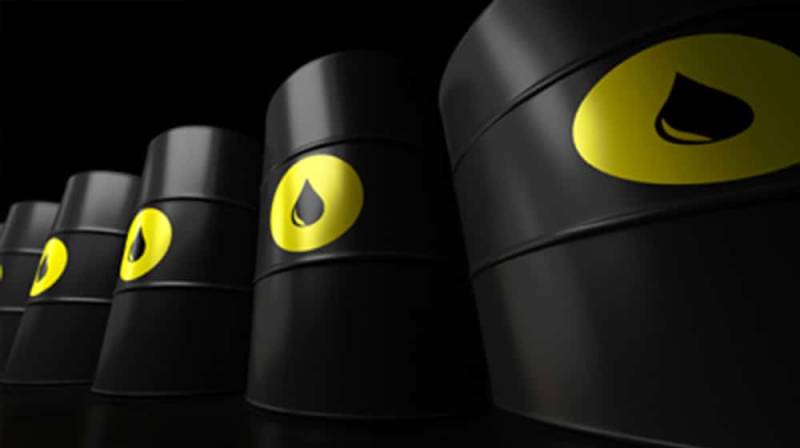Pakistan’s future energy landscape faces severe threats
Shares

The future energy landscape of Pakistan looks grim as it has already consumed 79.8% of its total oil reserves and 66.6% natural gas reserves.
A report by the Petroleum Division sent to the Attorney General of Pakistan (AGP) states that Pakistan has used 985 million barrels of oil out of its 1,234 million barrels, which is 79.8% of the total. There are currently 249 million barrels left in reserves.
According to the Petroleum Division, Balochistan has used up around 13 percent of its oil reserves. Khyber-Pakhtunkhwa (K-P) has consumed 64 percent, Punjab 84 percent, and Sindh has used 84.5 percent of its resources.
Pakistan is a major producer of gas, used to meet its domestic needs. Although the country was self-sufficient in the past, due to political considerations and the introduction of gas supply systems, it has been an importer since 2015 of liquefied natural gases (LNG).
The Petroleum Division’s report shows that Pakistan has consumed 66.6% of natural gas so far, with 33.4% remaining untapped. Since 2000, exploration and production (E&P), companies have not been capable of increasing gas production and have also failed to make major discoveries.
Balochistan still has 26% of its recoverable gas reserves; K-P has 40% and Sindh has 35%.
Pakistan’s major energy source is natural gas. It has 33% of its own gas, 10% LNG, and 1% liquefied petroleum gases (LPG)
Domestic resources have been impacted by an annual increase in natural gas demand of 5% over the past several years.
AGP noted that the Petroleum Division’s report indicated that the primary reason for the growing gap between the demand and supply of natural gases in the country was a rapid depletion in existing reserves, with no significant discoveries since 2001.
Domestic production is at a deficit of 0.507 TCF between production and demand. This means that imports of LNG of 0.382 TCF (8.1 Mt) are required. The share of LNG in natural gas supply has increased to 29% over time.
